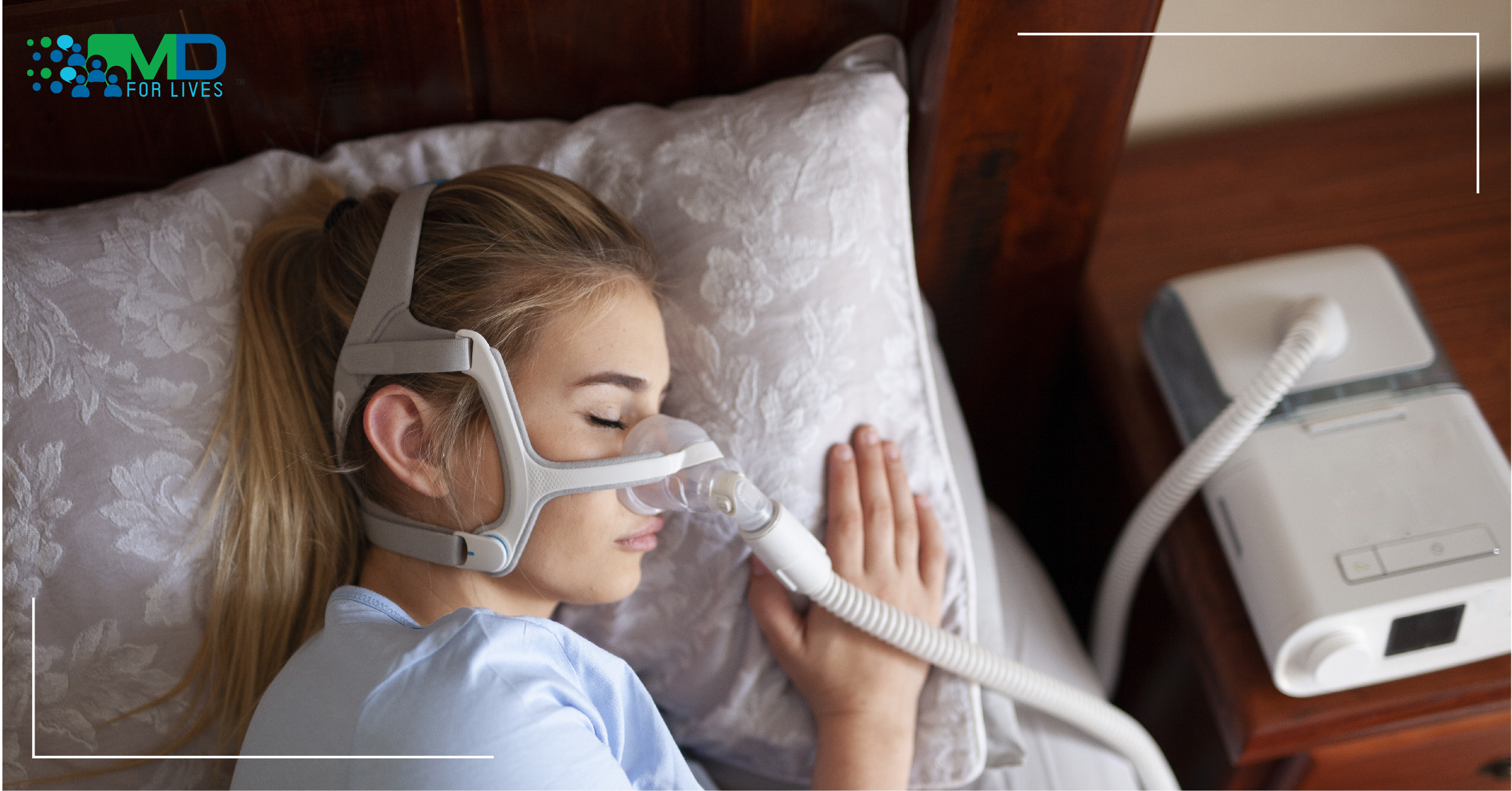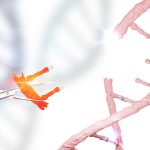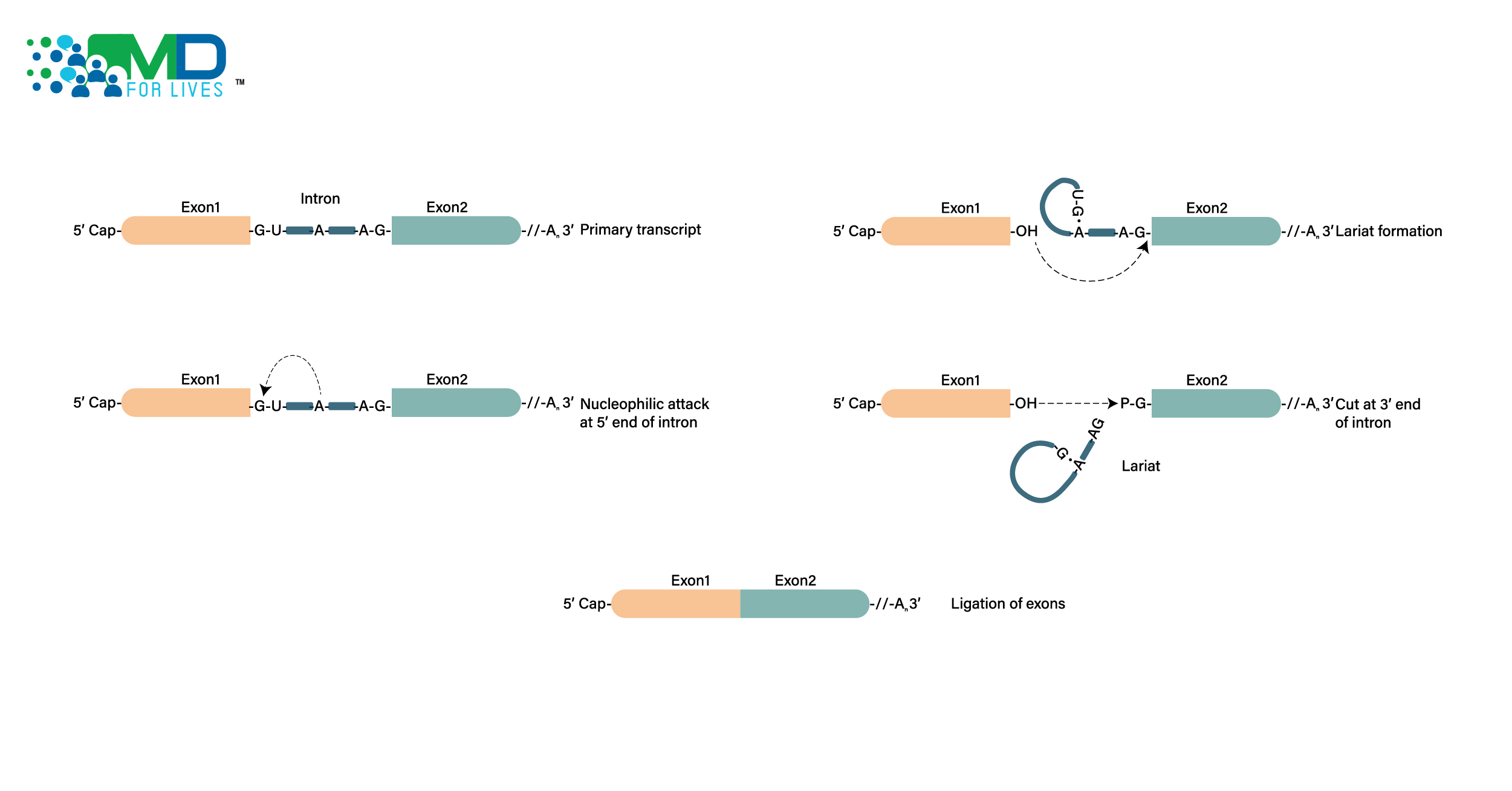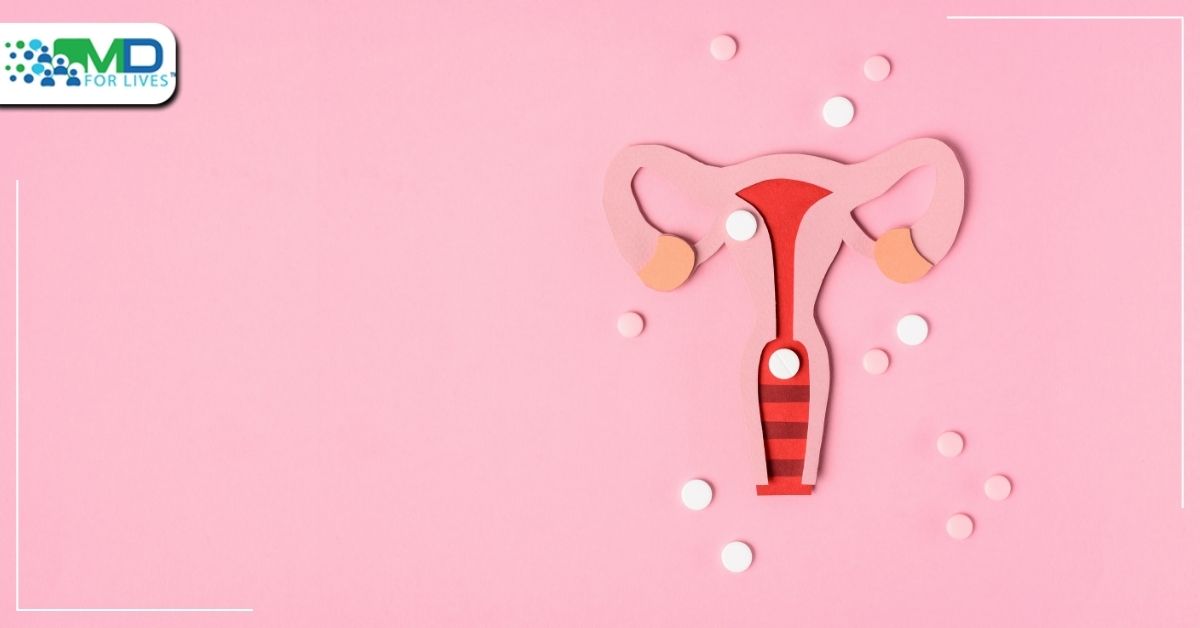Most non-surgical options for managing mild sleep apnea simply keep the airway open while the individual sleeps. A new device for sleep apnea, available by prescription only, promises to change this.
The eXciteOSA device, manufactured by Signifier Medical Technologies, LLC, is based on the idea that strengthening patients’ muscles while they’re awake can help them breathe better at night. In February, the FDA authorized marketing of the device for use in adults with mild obstructive sleep apnea (OSA) and/or snoring.1
The new device for sleep apnea consists of a mouthpiece, a handheld controller, and a smartphone app. The mouthpiece delivers electrical pulses to the muscles of the tongue, interspersed with rest periods. This is intended to strengthen the muscles and prevent airway obstruction during the night when muscles relax.1 Low muscle tone in the intraoral and pharyngeal muscles has been linked to snoring and mild OSA.2

Obstructive sleep apnea affects almost 30 million people in the US. According to the American Academy of Sleep Medicine clinical practice guideline, mild OSA is typically diagnosed when a patient has an Apnea-Hypopnea Index (AHI) score of 5 to 15, along with symptoms like daytime sleepiness, unintentional sleep episodes during the day, or night gasping or choking.2 The AHI score indicates the number of episodes of apnea (not breathing) or hypopnea (reduction of airflow by 30% or more) that occur per hour during sleep; the AHI score is measured during a sleep study in a laboratory or at home.3,4

The eXciteOSA device was reviewed through the De Novo premarket review pathway, a pathway used to review the novel, low- to moderate-risk devices. The safety and effectiveness of the device were evaluated in patients with snoring (n=115), including patients with both snoring and mild sleep apnea (n=48). Nearly 41 (86%) patients with snoring and sleep apnea exhibited a reduction in AHI by 48% from baseline (10.21 to 5.27). Additionally, 87 out of the 115 (76%) total patients experienced a 20% reduction in the amount of time spent snoring at levels louder than 40 decibels.5
People with untreated OSA can experience reduced quality of life due to daytime sleepiness, may also be at higher risk for heart disease, stroke, hypertension,6 motor vehicle crashes, and diabetes.7
Existing options for the management of obstructive sleep apnea include surgical procedures, lifestyle changes, and devices for sleep apnea airway management. Positive airway pressure (PAP) devices keep the airway open using air pressure, while custom oral appliances keep the airway open by adjusting the position of the jaw and/or tongue; both may be options for patients with mild OSA. Lifestyle and behavioral modifications include changes in sleeping position, avoidance of sedatives or alcohol before bed, exercise, and measures to promote weight loss in obese patients. Behavioral changes can be an important aspect of treatment but will need to be combined with other interventions in many patients.3

For management of obstructive sleep apnea, patients use eXciteOSA while awake, 20 minutes once daily for the first six weeks. Subsequently, the device is used once a week.1,5
Side effects among patients who tested the device included salivation, mouth discomfort or tingling, dental filling sensitivity, metallic taste, gagging, and tight jaw. Patients should receive a comprehensive dental exam before using the device, the FDA says.
The device is not recommended for patients who are pregnant, those with certain dental implants, pacemakers, also patients with mouth sores. The system is not approved for use in moderate or severe sleep apnea, which includes patients with an AHI of 15 or higher.1 In sum, the new device adds choice to the menu of treatment options for certain patients with mild sleep apnea or snoring.






